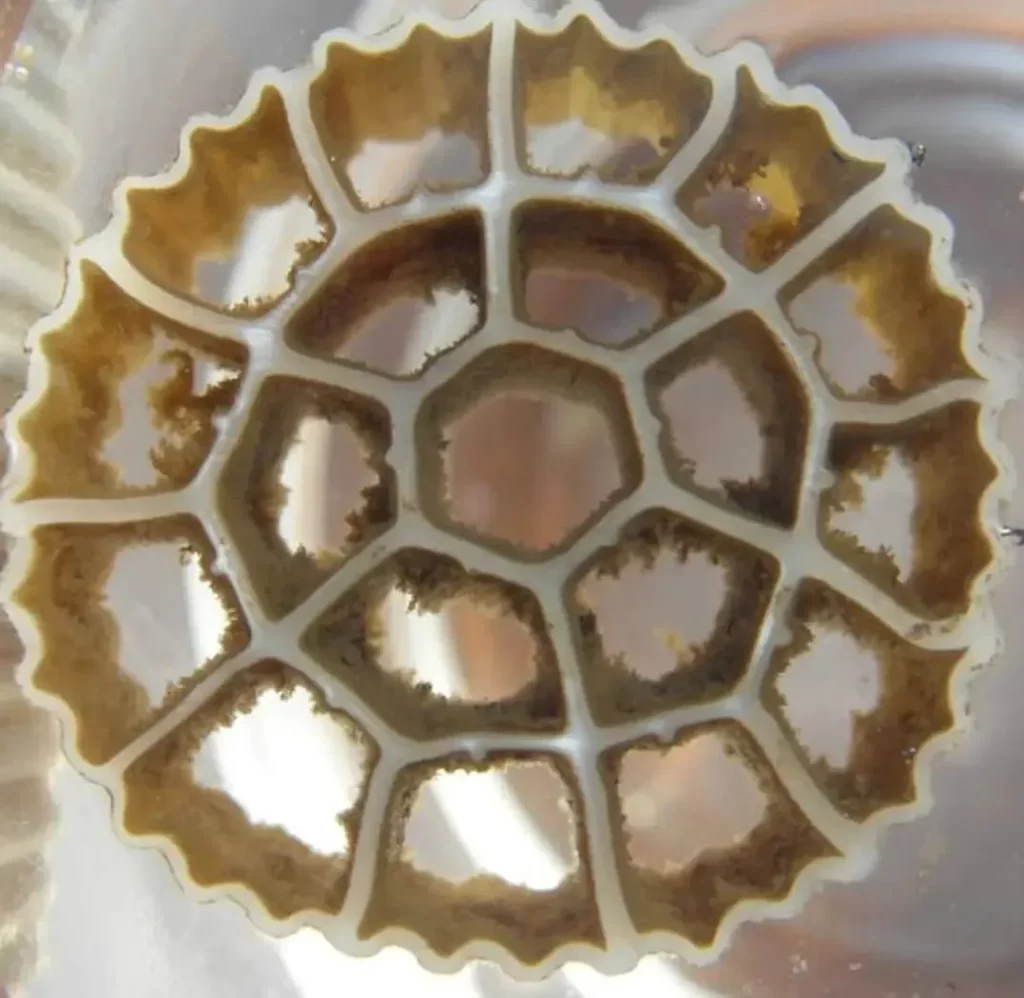Moving bed biofilm reactors (MBBRs) are wastewater treatment systems that use a floating media to support the growth of a biofilm, which is a thin layer of microorganisms that are attached to a surface. The media provides a surface for the microorganisms to grow on and helps to maintain a high concentration of bacteria in the wastewater. There are several types of media that can be used in MBBRs, and the best one for your system will depend on several factors, including the type of wastewater being treated, the specific goals of the treatment process, and the space and resources available.
One type of media that is commonly used in MBBRs is polyethylene terephthalate (PET), which is a lightweight, durable plastic that is resistant to chemicals and temperature changes. PET media is easy to manufacture and can be molded into a variety of shapes and sizes, making it a versatile and cost-effective choice for many MBBR systems.
Another type of media that is commonly used in MBBRs is a ceramic media, which is made from a mixture of clay and other natural minerals. Ceramic media is typically more expensive than plastic media, but it has the advantage of being more resistant to abrasion and fouling, which can help to extend the lifespan of the media.
Other types of media that may be used in MBBRs include recycled materials, such as recycled plastic or rubber, and natural materials, such as wood or coconut fiber. Ultimately, the best media for your MBBR system will depend on your specific treatment goals and the conditions of your wastewater. It is always a good idea to consult with a wastewater treatment professional or conduct pilot testing to determine the most effective media for your system.

